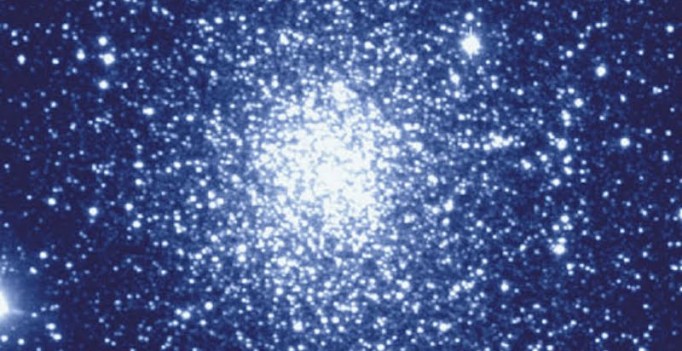Scientists now say a cluster of ancient stars is most likely the relic of a dwarf galaxy that amalgamated with the Milky Way in its early days.
Named Terzan 5, the globular cluster of stars lies within the Milky Way’s central bulge of stars that extend beyond the galaxy’s flattened disk. Gravity held together almost ten thousand to one million stars that make up a globular cluster. Traditionally, it was thought that the stars of each one of the 150 or so clusters in the Milky Way were born at the same time from one single cloud of gas and dust.
The European Southern Observatory observed that this is not the case for Terzan 5. Its stars broke out into two populations with different ages and chemical compositions. All of which specified the origin of the star’s material.
Francesco Ferraro, a University of Bologna researcher, who led the team that studied Terzan 5 said, “The history of the Milky Way is encoded in its oldest fragments, globular clusters, and other systems of stars that have witnessed the entire evolution of our galaxy.” The findings were detailed in November 26th issue of the ‘Nature’ journal.
Nature also featured another paper, in which a group of scientists headed by Jae-Woo Lee of South Korea’s Sejong University found a number of other globular clusters containing two star populations and stated that they could be relics of other enormous dwarf galaxies.
Both new findings are very important and are expected to assist astronomers piece together the evolution of our galaxy and its history, including how it was exactly formed over 13 billion years ago.
